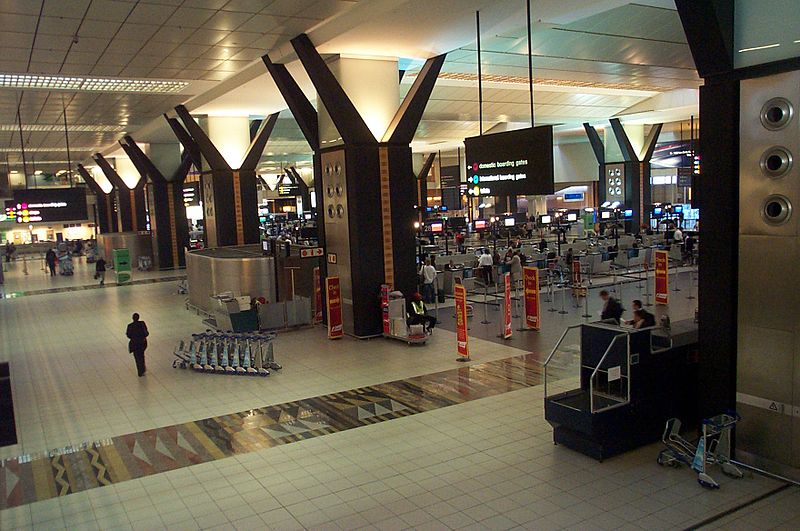Featured
OR Tambo airport expects 210k travellers in September
Management of OR Tambo International Airport anticipates more than 210,000 passengers will use the airport in September as the recovery in demand for domestic air travel begins to gain momentum.
Airlines have booked airport slots for more than 2,500 flights to depart from and arrive at the airport for the month. The anticipated load factor, critical for airline sustainability, is 85%.
Speaking at a briefing this week on readiness to facilitate greater volumes of passengers, airport general manager Bongiwe Pityi-Vokwana said the gradual recovery in demand would be positive for thousands of employees and hundreds of small businesses within the airport’s ecosystem.
“We are seeing encouraging signs that there is confidence in our ability to provide a safe environment for passengers across the journey from check-in to baggage collection at destinations. The forecast figure of 210,000 passengers for September is only some 12% of what we would have experienced before the pandemic. However, we are re-building from virtually zero with just 575 passengers for the entire month of May, for example.
“We believe that we are on the road to recovery and that demand will accelerate with Spring weather and growing trust that we are applying health protocols rigorously and consistently.”
Since the start of Level 2 last week, airport management reports that passengers appear comfortable with the health rules and processes, many of which have already become normalised across the country.
On-time departure performance for airlines is currently 95% in spite of the additional processes and time required for passengers to proceed from parking to check-in, health screening and security.
Pityi-Vokwana also expects more employees to return to work as passengers return to the skies.
She says employees are screened when coming onto and going off shift and are well-drilled in the rules and practices that keep them and the travelling public safe.
The airport’s response to the pandemic included mass screening of 6,000 employees in April and May, which was made possible by the collaboration of the National Department of Health. Since Level 5 of the lockdown, a total of 110 employees out of 38,000 normally working around the airport have tested positive for Covid-19. The airport ecosystem, which has had a 100% recovery rate, currently has six active cases where the individuals are in isolation.
Pityi-Vokwana also provided an update on the airport’s activities during early phases of the lockdown. Air cargo flights reached a total of more than 5,300 by mid-August with demand driven by shipments of PPE, medical equipment and pharmaceuticals.
The airport has also facilitated a total of 1,555 aircraft movements for repatriation and evacuation flights that have carried more than 50,000 passengers since April.
“The involvement and cooperation of embassies and other stakeholders has been invaluable in establishing processes that enable repatriation to take place in the most effective way possible,” she says.
Pityi-Vokwana says successful application of key changes in and around the airport will need the active cooperation of travellers who most likely have not been inside an airport for several months.
Screening by Port Health officials now takes place in front of the security checkpoint with queueing mazes in place to facilitate the flow of people.
“We have found that about 30% of travellers arrive at the airport without having completed the required health questionnaire. This can cause unnecessary delays while people fill in the questionnaire. We appeal to passengers to ensure that they complete the form before they leave for the airport.”
Pityi-Vokwana also expects a learning period for people who travel to the airport by car.
“The terminal-side roadways and the drop-off areas remain closed. We now use the parkade closest to the terminal buildings with different levels dedicated to drop-off and pick-up.”
She says this is an important change for anyone coming to the airport, especially during peak periods. Pityi-Vokwana appealed to passengers planning on leaving their vehicles at the airport to ensure that they do not park on the parkade’s drop-off and pick-up levels where tariffs are higher.
Share
- Click to share on Twitter (Opens in new window)
- Click to share on Facebook (Opens in new window)
- Click to share on LinkedIn (Opens in new window)
- Click to email a link to a friend (Opens in new window)
- Click to share on Reddit (Opens in new window)
- Click to share on WhatsApp (Opens in new window)
- Click to share on Pinterest (Opens in new window)
| Thank you for Signing Up |

















